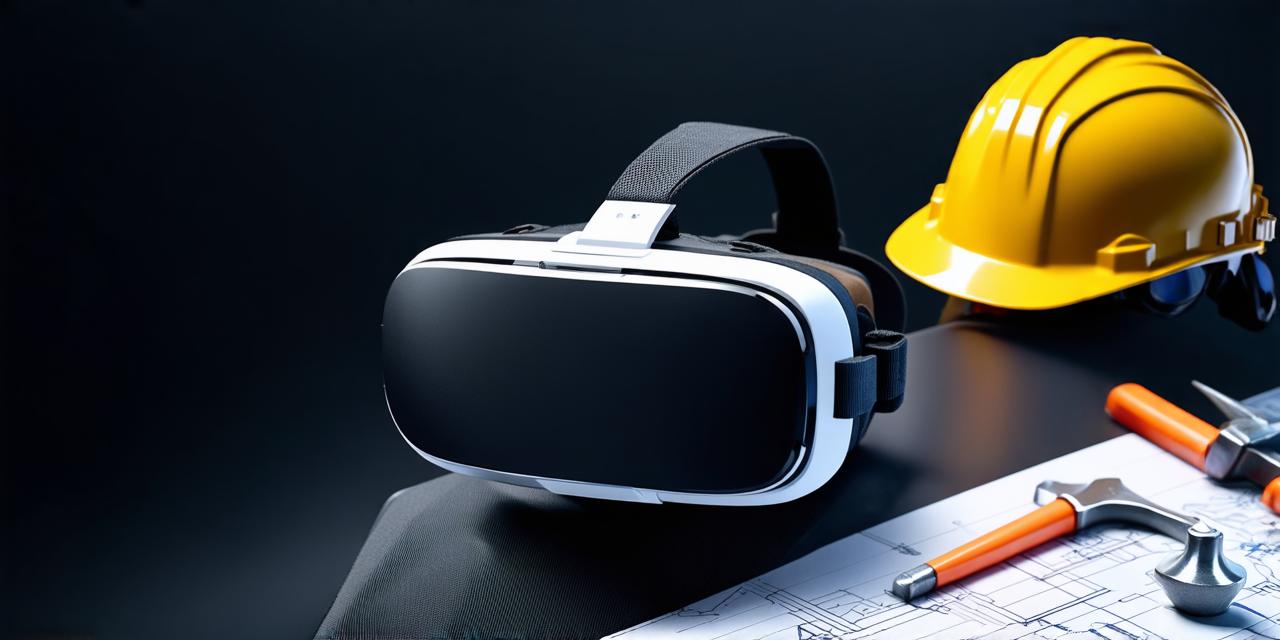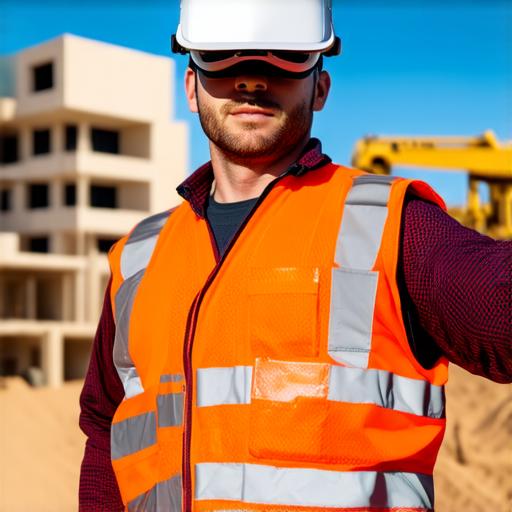
How can the construction industry utilize virtual reality?
Virtual reality (VR) is an increasingly popular technology that is changing the way many industries operate, including construction. The ability to experience and interact with a virtual environment that simulates real-world situations makes VR an ideal tool for improving efficiency, reducing costs, and enhancing safety on construction sites.
Improved Efficiency
Virtual reality can help construction companies streamline their workflow by allowing them to visualize and plan projects in a virtual environment. This technology can save time and reduce the risk of errors that may occur on site. For example, architects and builders can use VR to create accurate 3D models of buildings, which can be used for planning and design purposes. This can help ensure that projects are completed on time and within budget.
One company that has benefited from using VR for improved efficiency is Autodesk, a software company that specializes in designing and building solutions. Autodesk uses VR to create virtual simulations of construction sites, allowing architects and builders to test different designs and scenarios before they are built. This can help identify potential issues early on, reducing the need for costly rework later in the process.
Cost Reduction
Virtual reality can also help construction companies reduce costs by allowing them to visualize and test designs before they are built. This technology can save money on materials, labor, and other expenses associated with construction. For example, a company may use VR to test different designs for a building’s layout, allowing them to choose the most cost-effective option.
One company that has successfully implemented VR for cost reduction is Procore, a construction management software company. Procore uses VR to create virtual simulations of construction sites, allowing companies to test different scenarios and make data-driven decisions about cost-saving measures. This has helped Procore’s clients save millions of dollars by identifying potential cost savings early in the design process.
Enhanced Safety

Virtual reality can also be used to enhance safety on construction sites. This technology can help identify potential hazards and allow workers to train for emergency situations in a safe and controlled environment. For example, a virtual reality simulation can be used to train workers on how to respond to a fire or other emergency situation on site. This can help prevent accidents and injuries, ultimately leading to a safer work environment.
One company that has implemented VR for enhanced safety is Oculus, a virtual reality hardware company. Oculus works with construction companies to create customized VR training programs that teach workers how to use equipment safely and effectively. This has helped reduce accidents and injuries on site, ultimately leading to a safer work environment.
Case Studies
There are many examples of how the construction industry is using VR to improve efficiency, reduce costs, and enhance safety. One such example is Bechtel, a global engineering, procurement, and construction company. Bechtel uses VR to simulate complex projects, allowing them to identify potential issues before they occur on site. This has helped the company save time and money by reducing the need for costly rework.
Another example is Skanska, a leading construction and development company. Skanska uses VR to train workers on how to use equipment safely and effectively. This has helped reduce accidents and injuries on site, ultimately leading to a safer work environment.
Personal Experiences
As a virtual reality developer, I have seen firsthand how this technology can be used in the construction industry. I have worked with several companies that have used VR to improve efficiency, reduce costs, and enhance safety. For example, one company used VR to train workers on how to use cranes safely, reducing the risk of accidents on site.
Expert Opinions
According to a report by MarketsandMarkets, the virtual reality market in the construction industry is expected to grow at a compound annual growth rate (CAGR) of 32.6% between 2019 and 2025. This growth is due to the increasing adoption of this technology by construction companies seeking to improve efficiency, reduce costs, and enhance safety.
In conclusion, virtual reality has many benefits for the construction industry. It can help improve efficiency, reduce costs, and enhance safety on site. As the use of this technology continues to grow, we can expect to see even more innovative uses of VR in construction. By embracing this technology, construction companies can gain a competitive edge while ensuring that their projects are completed safely and efficiently.


